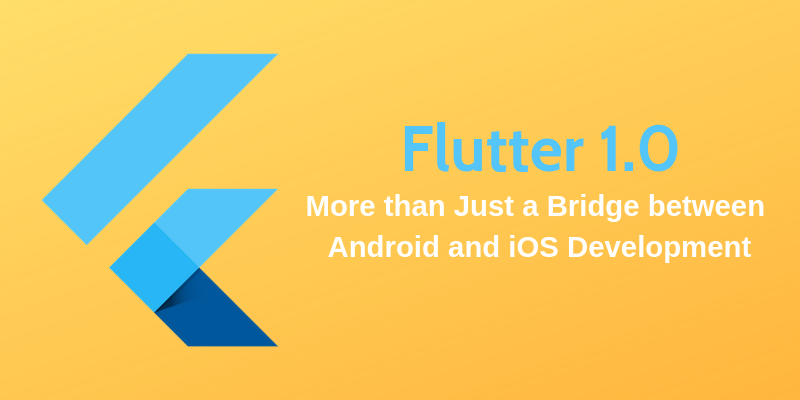Depending on where you stand, the mobile app industry can be claimed to be in a very interesting, perplexing, or ought chaotic state at the moment. There are native apps that work perfectly but are expensive, and then there are cross-platform apps that are cheaper but lag in quality. And not to forget, we also have PWAs (Progressive Web Apps).
- If you don't know much about them, here is a quick roundup:
- PWAs are web apps that work and feel just like mobile apps
- They are installed from websites rather than App stores
- This offers convenience to users and gives more control to developers
- They are extremely light and often work inside a sandbox like a browser
Until quite recently, PWAs were available only on Android but starting iOS 11.3 and later, Apple has added support for PWAs and that's big news. To understand why let's take a look back at the history:
iOS comes full circle
PWAs are generally seen as an initiative of Google but few people know that the concept was initially conceived by Apple. In fact, even before the launch of App Store, Steve Jobs presented the idea of “WebClips”- essentially web apps accessible from the home screen. But then they moved on to native iOS SDKs, Android brought its own SDKs- setting the foundation of mobile app development as we know it.
It just leaves us wondering how the apps would have evolved if iOS had pushed ahead with WebClips and Android had later adopted the same. But now a decade later- each with billions of active devices, have again started to converge.
What PWAs offer on iOS:
PWAs on iOS run inside Safari browser or as a standalone app but many of the key features are restricted at this point. That said, they can still support features like Camera, Sensors, Geolocation, Apple Pay, among others.
It is worth noting that unlike apps in App Store, PWAs don’t pass through Apple’s quality test and thus leaves a lot of room for maneuverability. While this offers a cost-effective way for developers to reach iOS platform, the lack of native support for FaceID or ARKit seriously hampers their usability.
Can PWAs substitute iPhone apps?
- Not really. PWA’s on iOS should at this point be seen as the first step by Apple to embrace evolving technologies but they are by no means currently capable of substituting native iOS apps. Some of its notable shortcomings include:
- Offline data storage only up to 50MB
- No access to native features like Bluetooth, Beacons, TouchID, FaceID, Battery information, etc
- No access to in-app payments or Siri integration
- No access to push notifications
- No access to personal information
The reason we said it’s Apple’s first step is that Google has gradually extended support for PWAs and they are much more powerful in the Android environment with capabilities like:
- More than 50MB of offline storage
- Bluetooth access
- Background sync and push notifications enabled
- Speech recognition for Google Assistant integration
How can you install PWAs on your iPhone?
Now, this is a bit tricky. In Android, web apps that have a PWA version can show a banner leading to its install but there is no such feature in iOS. That means even if you visit a website that has a PWA, you would have to manually look for it or you would need a direct link to its PWA page.
Also, PWAs can be installed only via Safari. Other browsers like Chrome or Firefox don’t have this capability. Once you install a PWA, it would look like any other app on your screen (no 3D Touch).
Yes, PWAs on iOS still has a long way to go but this support can definitely be seen as a major win for web application development community. After all, they have now unparalleled access to users across devices and platforms-something even mobile app developers do not have.
